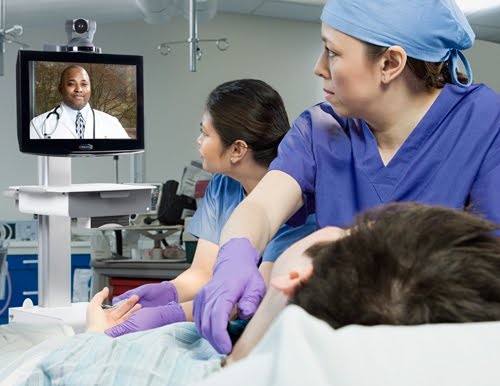On May 27, 2017, Texas Governor Greg Abbott passed the state's telemedicine legislation bill (the Senate Bill SB1107 and House Bill HB2697), abolishing the doctor's ability to face-to-face contact with the patient before they can Provision of remote medical services.
As the last of the 50 states to repeal this rule, the Texas Telemedicine Act allowed a number of telemedicine companies, such as Teladoc, American Well, Doctor on Demand, and MD Live, to extend their remote video business to National market.

But in a strict sense, telemedicine operations in Arkansas and Idaho still have limitations because the two states still have restrictions on telemedicine telephony services.
Texas is the second largest state in the United States and the largest state in the southern United States. The passage of the bill is not only about opening up a new market for telemedicine, but more importantly, enabling the people of Texas to enjoy more diverse medical services. In addition, the bill marks the end of a two-year lawsuit between Teladoc and the Texas Medical Board, making it a landmark antitrust case in the US medical industry .
US telemedicine applications and barriers
In fact, the US telemedicine has been under development for nearly 20 years. Although it has developed rapidly, its application is still very limited. The neurology, radiology and emergency departments are used more. Because of the lack of doctors in the US Veterans Hospital, telemedicine is widely used in some departments such as emergency department and radiology department.
Last year, an article in the New England Journal of Medicine gave a comprehensive introduction to the development of telemedicine in the United States. American doctors have different perceptions of telemedicine use and development because of their different medical environments and geographic locations. For example, doctors who practice in small and medium-sized hospitals in remote areas will feel that “telemedicine is constantly infiltrating and expanding†because in addition to remote stroke medical treatment and remote critical care, remote infection consultation and remote dermatology consultations are constantly appearing around them. They themselves will also be directly involved in telemedicine.
At Caesars Medical Group, e-health services including telemedicine are widely used, including doctor-patient communication, triage according to patient needs to improve efficiency and service quality; chronic disease management; health education, disease prevention and tumor screening Remote monitoring of patients (eg, heart failure patients who have just been discharged from hospital), improving the quality of long-term care for chronic diseases, reducing hospitalization rates and extending lifespan; communication between doctors; serving remote dermatology; contacting patients with designated registered nurses, Implement patients to correctly understand current medications, help patients comply with medical advice and reduce medical errors.
Disposable Pet Training Pads are absorbent pads designed for use during potty training or for older pets with incontinence issues. They are made of multiple layers of absorbent material, including a top layer that wicks moisture away from the surface to keep pets dry, and a bottom layer that prevents leaks and spills. These pads are typically used indoors, and they can be placed on the floor or in a designated area where pets can relieve themselves. Once soiled, the pads can be easily disposed of and replaced with a fresh one. Disposable pet training pads are available in various sizes, and they can be used for dogs, cats, and other small pets.
Disposable Pet Training Pads,Disposable Puppy Training Pads,Disposable Pet Pee Pads,Disposable Waterproof Pet Training Pads
Honghu Danielle Sanitary Material Co., Ltd. , https://www.daniellecn.com